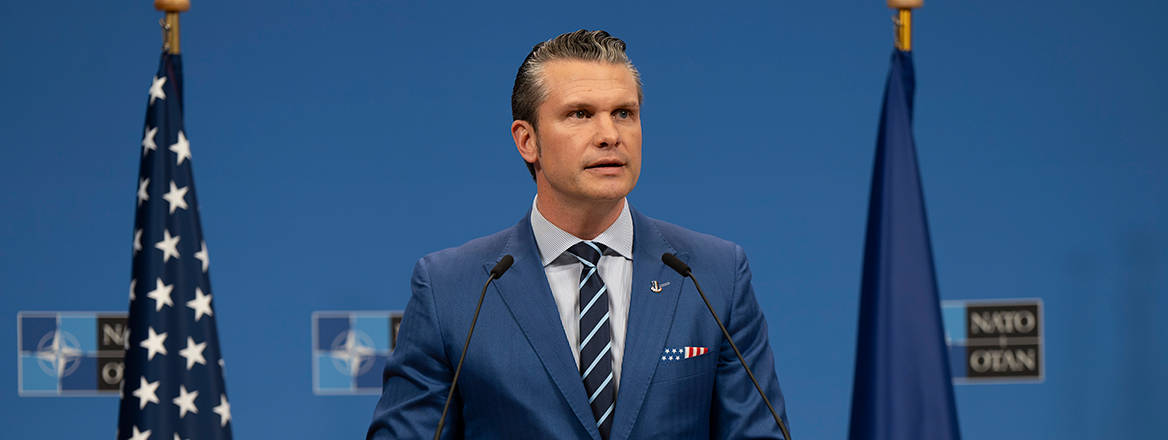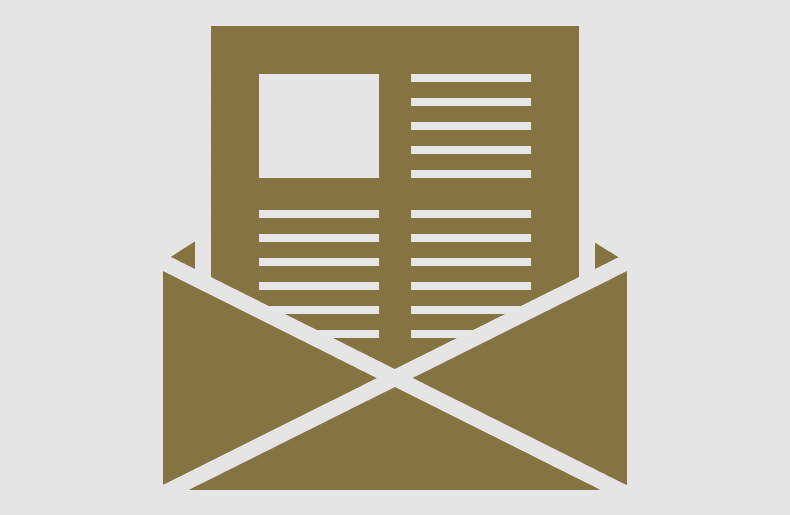The US’s refusal to offer Ukraine security guarantees and its pivot to the Indo-Pacific present Europe with stark choices.
US Secretary of Defence Pete Hegseth, speaking at NATO on 12 February, provided the opening pitch for US efforts to bring an end to the Russo-Ukrainian War. He stated that Ukraine would not be getting back its territories, joining NATO or receiving any security guarantees from the US, but that it would get arms to defend itself and that leverage would be brought against Russia to achieve a ceasefire. Ultimately, Hegseth argued, Ukraine’s future was Europe’s problem. The US’s priority was deterring China.
The speech – along with a direct phone call between Donald Trump and Vladimir Putin – sent alarm bells ringing in European capitals. Charitably, one could attribute this alarm to Hegseth’s clear inexperience as a negotiator. He made a range of concessions to Russia in his comments without getting anything in return. This was demonstrated by Hegseth walking back some of his comments on Thursday.
Less charitably, however, the disquiet in Europe reflected the fact that Hegseth’s bluntness stripped US allies of the comfort of their delusions. The curtailment of the US commitment to European security and the refusal to be the guarantor of peace in Ukraine will cost Europe dearly. Many officials had hoped that they could avoid having to confront reality by convincing the US to express its intent with greater ambiguity. Hegseth’s plain English has made that untenable.
Grim Scenarios
There are now several unpalatable futures that Europe must plan against. The first is that Trump negotiates an outcome directly with Putin, excludes the Ukrainians and then uses the threat of withdrawing US supplies to coerce Ukraine to accept a deal that compromises its sovereignty. The second is that Trump does not accept Putin’s proposed terms to end the conflict and negotiations become protracted while Russia changes the facts on the ground until Ukraine’s sovereignty is hopelessly weakened. The third would be if Trump forces Putin into a ceasefire, but Ukraine must then weather a politically divisive election, economic paralysis due to a lack of foreign direct investment, and coercive threats from Russia to restart the war. Ukraine would struggle to keep its forces mobilised after a ceasefire. Russia, meanwhile, will keep its troops in uniform while its defence industries restock its arsenals.
… And How to Confront Them
Averting or managing all three of these futures depends on the same foundational measures. To prevent Trump from forcing Ukraine to accept peace on unacceptable terms, it is necessary for Europe to prepare to fill the gap that would be left in the absence of US military-technical assistance. If Putin tries to change the facts on the ground, preventing him from doing so will depend upon the sustainment of Ukraine’s capacity to resist. If a ceasefire places Ukraine in a position of increased vulnerability, ensuring that it holds will come down to Europe’s ability to deter Russia from recommencing offensive operations.
For all the rhetoric from European leaders over the last three years, it is only now that they must confront the reality of making their commitments deliverable
There are many European officials who will insist that these things cannot be done. In reality, they can. Europe spends over $450 billion on defence. That the continent fails to cooperate or industrially coordinate, has little understanding or control over its supply chains, and struggles to translate investment into product is a choice. Changing this situation would require leadership, legislative interventions, and investment. But it is achievable.
In terms of support for Ukraine, European troops could expand training given to the Ukrainian military. It is entirely possible for Europe to scale existing technologies to expand the production of explosive energetics and therefore shells. As regards deterrence, NATO has large fleets of highly capable aircraft. Its aircrews lack the training or munitions, while its air forces lack the command and control to effectively suppress Russian air defences without the US. But most air forces know what would need to be done to change this situation. With investment in appropriate munitions production, it would be possible for Europe to offer serious deterrent capabilities to Ukraine to back a ceasefire.
Such options are only possible if Europe invests in its own defence. It should be a matter of embarrassment in Europe today that while many defence enterprises have expanded their capacity to produce shells over the last 18 months, order books at Europe’s defence companies are far from full. There is significant industrial capacity that European countries are leaving on the table.
There is a more favourable future that is achievable. If Russia does protract talks, it is possible that European defence industry can increase output across key classes of weapons such that Ukraine’s fight can be sustained. It is also feasible that with an expanding deep strike campaign, the costs begin to be felt in Russia such that a mutually hurting stalemate develops and Putin reaches for a deal. It is possible for the leverage to pivot back the other way.
For now, it is Ukraine that must endeavour to navigate warily between US indifference and European apathy. For all the rhetoric from European leaders over the last three years, it is only now that they must confront the reality of making their commitments deliverable. The next four months will reveal whether Europe’s leaders can live up to their aspirations.
© RUSI, 2025
The views expressed in this Commentary are the author’s, and do not represent those of RUSI or any other institution.
For terms of use, see Website Ts&Cs of Use.
Have an idea for a Commentary you’d like to write for us? Send a short pitch to commentaries@rusi.org and we’ll get back to you if it fits into our research interests. Full guidelines for contributors can be found here.
Related content
WRITTEN BY
Dr Jack Watling
Senior Research Fellow, Land Warfare
Military Sciences
- Jim McLeanMedia Relations Manager+44 (0)7917 373 069JimMc@rusi.org




